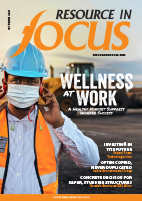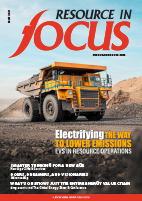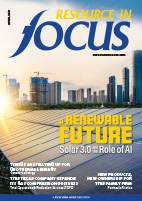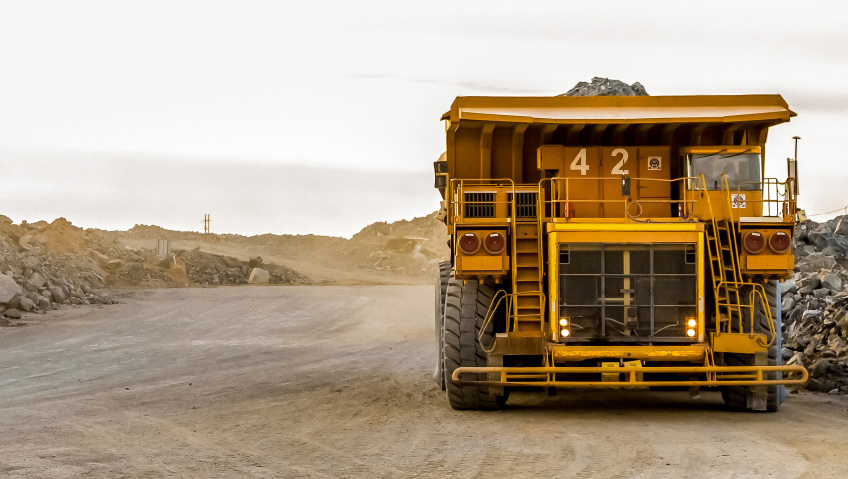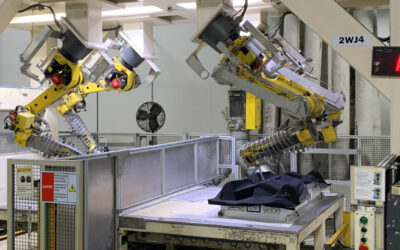Many international initiatives have been in place for some time to reduce the global demands of waste collection and promote wiser waste management – but one such strategy aims to eliminate the very idea of waste itself.
In developed countries like the United States, average municipal waste is over 200 million tons annually, according to the EPA. Globally, 33 percent of the world’s waste is managed in an environmentally unsafe manner.
Landfills and incinerators, two of the more widely used methods of waste disposal and management, come with both short and long-term health risks created by the noxious gases that emanate from them and intermingle with the air to create methane, carbon dioxide, and other gases that can be hazardous to health.
This is in tandem with problems created by the spatial demands of landfills, as they encroach more and more on any space available to accommodate the huge waste generated by human activity, and by the methane-powered energy consumption of incinerators adding to the total atmospheric pollution.
The situation would seem to call for a truly radical solution, sooner rather than later.
The end of waste
Zero waste is a philosophy for waste prevention that specifically focuses on reusing waste as opposed to simply disposing of it; this way, waste is ideally not sent to landfills, incinerators, or dumped in the ocean but is instead repurposed continually.
The Zero Waste International Alliance, a group of professionals that comprises the largest global component of the movement, has put forward a considered definition of zero waste: “The conservation of all resources by means of responsible production, consumption, reuse, and recovery of all products, packaging and materials without [methods] that threaten the environment or human health.”
The germinating understanding and adoption of the ideology itself came about thanks in large part to the Zero Waste Industrial Alliance, which was formed around 2002-2003 as a response to calls from within and without the waste industry for the ending of waste incineration as a management method.
Over several years, officials within the Alliance met to continue and extend the dialogue about management of and technologies related to zero waste. The Alliance is recognized today as a global front-runner of the movement, serving to educate countries and their governments on the environmental benefits of adopting a zero-waste lifestyle.
The circular economy
Although the zero waste movement began to pick up momentum in the new millennium, its operating framework, referred to as “cradle-to-cradle” (C2C), had already begun to form with initiatives as far back as the 1980s.
William McDonough and Michael Braungart, an architect and a chemist respectively, are recognized as the innovators of the modern interpretation of C2C thanks to their book, “Cradle to Cradle: Remaking The Way We Make Things,” which introduced the concept as a “design framework for going beyond sustainability and designing for abundance in a circular economy,” as it is phrased on the website.
The cradle-to-cradle prescription that motivates the zero waste movement actively opposes the more familiar cradle-to-grave model, a comparatively linear system of usage intended to decrease waste and which is already in place worldwide in waste management – and seeks to replace it.
In fact, “Cradle-to-cradle” is the very converse of the older system – employing cyclical means to eliminate waste altogether through the act of repurposing; creating a closed-loop system that does not beget further by-products.
There are two additional cycles within the C2C model that apply to how zero waste products are reused: biological, which involves products biodegrading into the earth after usage; and technological, where metals, plastics, and chemicals made with zero waste in mind can be reused continuously (or discontinued, in the case of non-biodegradable plastics and other such non-renewable resources).
This approach may seem like that of recycling, but the key difference cited between the two methods is that while recycling only deals with the end of a product’s lifespan within the current linear waste-management system, zero waste exists as more of an ideal that looks to leave no waste created by a product whatsoever.
As Joan Marc Simon for Zero Waste Europe explains, recycling can only do so much in bringing the planet closer to sustainability whereas zero waste can provide a revolutionary take on waste management. “The approach might be new but what we are doing in fact is to go back to some traditional usages; designing things to last (from fashion as well as from product point of view), easy to be repaired or refurbished, with non-toxic materials, easy to dismantle or tear apart, traceable, recyclable, et cetera.”
The prospects for zero waste
Nevertheless, although zero waste is an approach that is highly regarded among those who evangelize it, it is not without its drawbacks.
Zero waste is seen as a rather expensive alternative to current waste management techniques, as it involves the usage of certain approved products that can be used again and again to fit the concept’s cyclical nature.
As the awareness and demand for a zero-waste approach increase worldwide, more online marketplaces are established for zero waste products in areas such as hygiene, cooking, cleaning, and others; however, the products that are deemed zero waste-appropriate are often harder to find than their waste-creating counterparts. They can be more expensive due to their inherent cyclical nature, which narrows the barrier to entry for a lot of people.
The entire ideology is one that is felt to be hard to achieve on the larger scale that its proponents are seeking, as not all products in the world have viable alternatives that could fit into the system – and non-biodegradable resources are set to remain more readily available.
According to Maurice Skinner for Zenbird, the large-scale adoption of zero waste is a daunting challenge: “It is necessary for individuals to become aware of how much garbage is generated and what they can do about it. This also includes rallying businesses, cities, and countries to create and protect implemented policies that will help make our world a better place to live.”
The idea is one that is seen to be limiting to those who adopt it in that it requires an intimidating amount of discipline. Much like many other sustainable changes that also involve changing one’s lifestyle, it is not an easy one to begin nor maintain.
Zero waste management is a radical re-thinking of the current waste management cycles we exist in and, although actionable in some ways, would take serious, concerted intention of adoption by governments the world over to truly become the new norm.
However, organizations like the ZWIA continue to propagate the idea, with more countries finding their own place within the system; as of this writing, there are more than 60 ongoing initiatives spanning all continents. Thanks to coverage of the ideology across so much of the globe, individuals in many different countries continue to adopt zero waste to reduce their own waste and contribute to the push for sustainability.
A few of these people have dedicated books and blogs to helping others adopt the lifestyle and, in rare instances, entire townships (like the Japanese town of Kamikatsu) have adopted a zero-waste principle among their citizenship to counteract the continued global misuse of non-sustainable energy.
Zero waste, like a lot of greener alternatives to living in the modern day, is one that requires a serious commitment at both a macro and micro level. Whether or not it will be able to make any significant changes to the planet’s current resource-intensive and less sustainable methods of waste management is unknown but, as more people try to make their lives more environmentally sustainable, it is one choice that hopes to leave a lasting impact.


